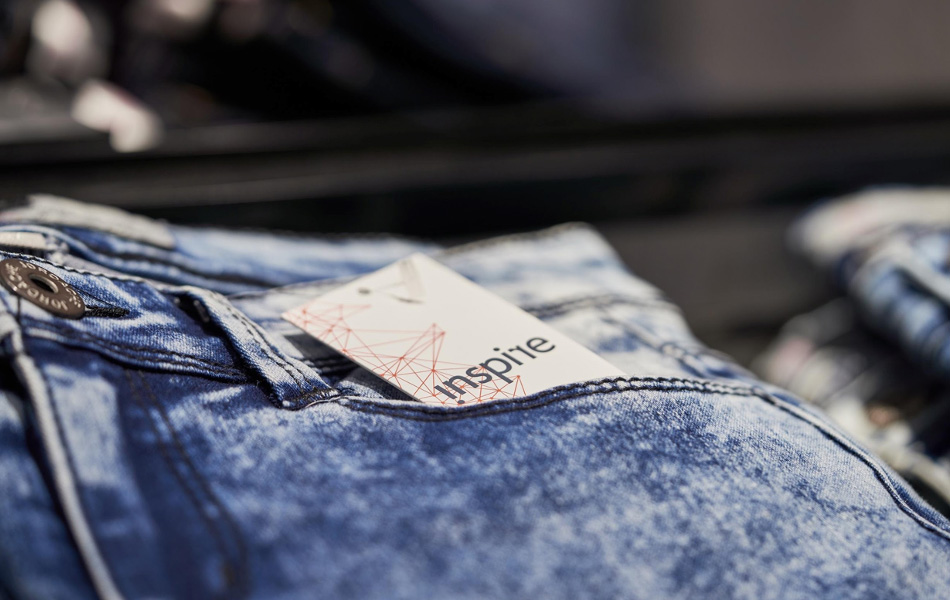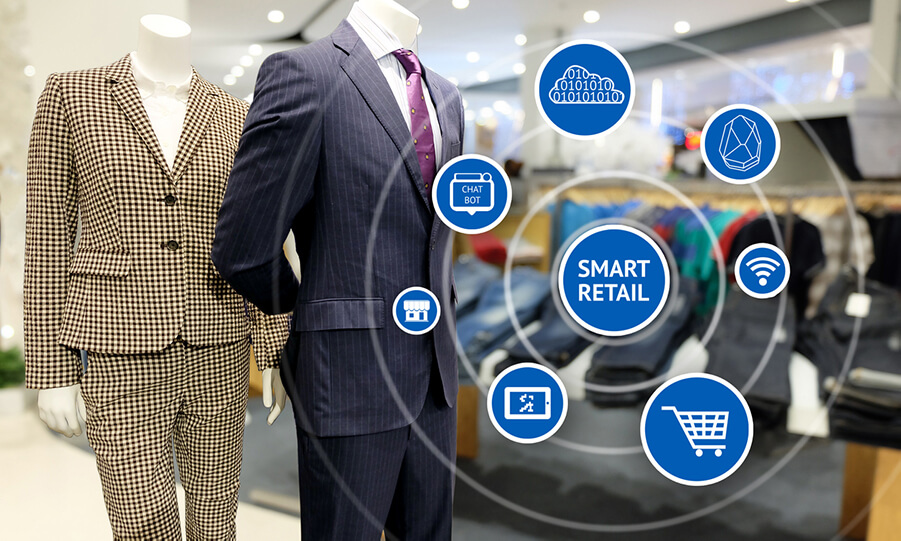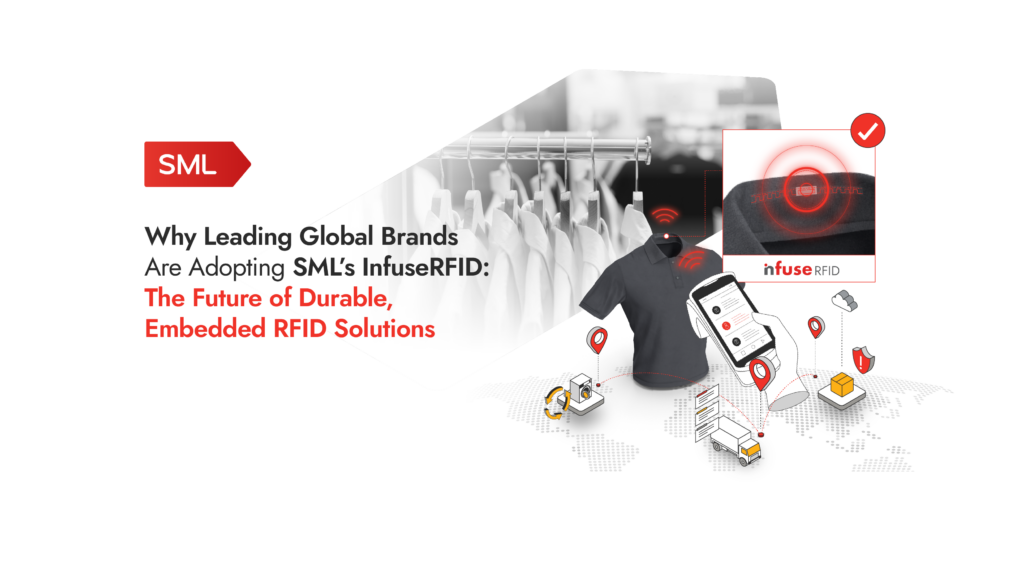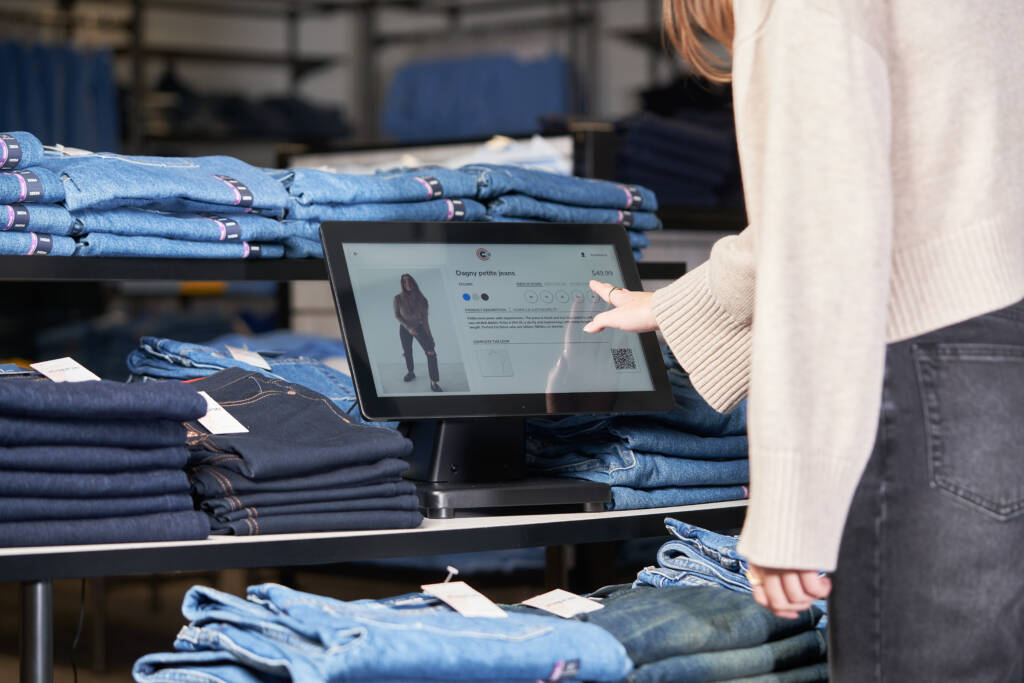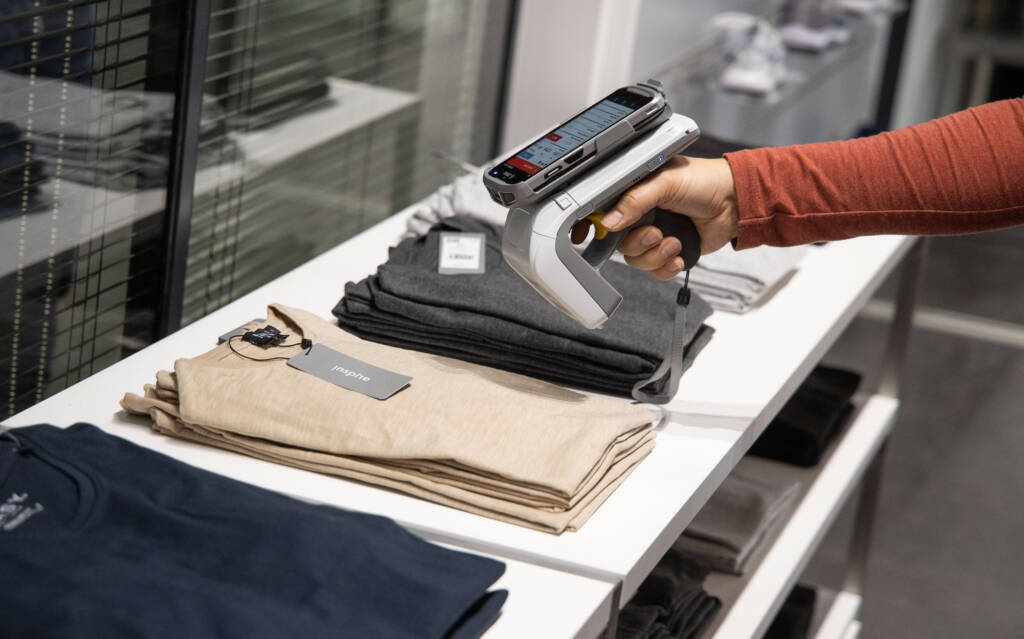Shifting to a Circular Fashion Economy Through Sustainable RFID
As retailers look to future-proof their organizations, sustainability is a major initiative that will help define successful brands moving forward. In a circular fashion economy, retailers need to be more environmentally balanced. While committing to sustainable and renewable materials and resources, retailers should look at ways to approach their operations to meet sustainable goals. The implementation of item-level RFID improves inventory accuracy, allowing retailers to reflect on their processes at an operational level and achieve a win-win as they ultimately become more profitable along the sustainability journey. This is why SML launched the EcoInspire™ brand to support sustainable tagging and packaging products to elevate brand experiences for retailers and brand owners.
Sustainability First
As conversations around sustainability continue to develop, retailers need to modify their processes and approaches to remain attractive to their environment-conscious consumers. According to a report by Deloitte, 1 in every 3 shoppers reported having stopped purchasing from certain brands due to ethical and sustainability concerns.
Fast fashion is a modern-day sensation. Following a take-make-dispose cycle, the process relies on significant quantities of easily accessible resources and energy, which challenge environmentally friendly manufacturing and sales cycles. Nearly half of fast fashion retailers have seen a decrease in sales in the past year as consumers continue to educate themselves, and increasingly choose brands that communicate how they are progressing to a sustainable model of sales.
Yet, long before the pandemic hit, many high-profile retailers were already making changes and commitments to their practices. H&M launched its Conscious collection in a bid to make its clothing more sustainable by using up to 50% recycled materials. Additionally, fashion brand Zara announced that all of its clothing and accessories would be made from 100% sustainable fabrics before 2025, marking a significant change for the sector.
However, adopting a circular fashion model not only relies on using ethically sourced materials but also on adopting a new, more strategic, future-oriented mindset in all aspects of an organization’s activity.
Deploying RFID in the Circular Fashion Economy
The retail sector first implemented item-level RFID nearly two decades ago. The technology has been expanding its footprint steadily, and there are now more RFID retail store deployments than ever before. RFID provides up to 93-99% stock visibility, allowing retailers to effectively manage their on-hand inventory to improve profitability while reducing overstocking. The most obvious sustainable RFID solution for fashion is to produce less stock to prevent wasted material resources. By utilizing an RFID inventory system, retailers can increase their inventory accuracy by up to 93-99% and gain the ability to control their stock more efficiently and operate with reduced inventory levels.
RFID technology tracks a fashion item throughout its total lifecycle. Each item receives a digital passport – which shows where, when, and from what material it was made. The item is then linked to a virtual replica that tracks the product through its life.
Retailers that implement RFID technology provide an added benefit to their shoppers. Environmentally-conscious shoppers want to know what materials their items are made of, where the manufacturer is located, and whether the production is sustainable. According to a Statista report, 35% of shoppers in the United States are willing to pay significantly more for sustainable fashion; yet, the Fashion Revolution’s Fashion Transparency Index shows that most brands don’t disclose data at the raw level, where most carbon emissions take place.
The Ellen MacArthur Foundation says that brands could recapture more than $100 million worth of material each year, through recycling. Organizations could more effortlessly incorporate recycled materials into their supply chain, generate new streams of revenue by refurbishing old goods, and then reselling them. Consequently, this creates an enhanced customer experience by creating durable products that could be brought in to be repaired.
Item-level RFID has the potential to increase the amount of information that brands and consumers know about an item of clothing, by seamlessly linking all processes in the supply chain, from the raw materials to authenticating the product. This also opens up possibilities for secondary sales cycles as brands can connect with customers who have purchased clothing items on the secondary market by recommending related accessories and building new models for continued customer engagement.
To find out more about how to improve your sustainability efforts, read our other blog from our Sustainability Series: Bringing Aesthetics and Sustainability to the Forefront of Labels and Packaging

